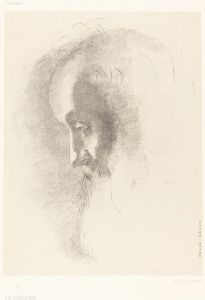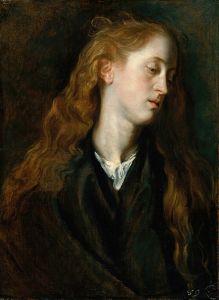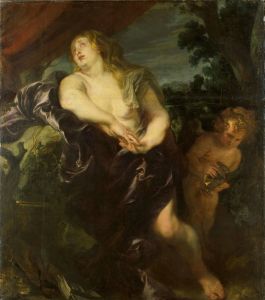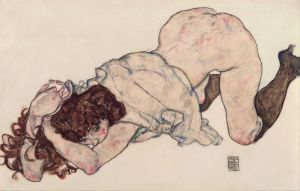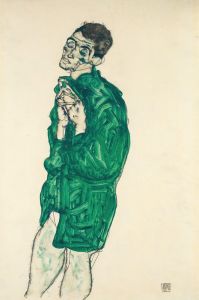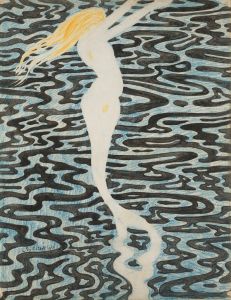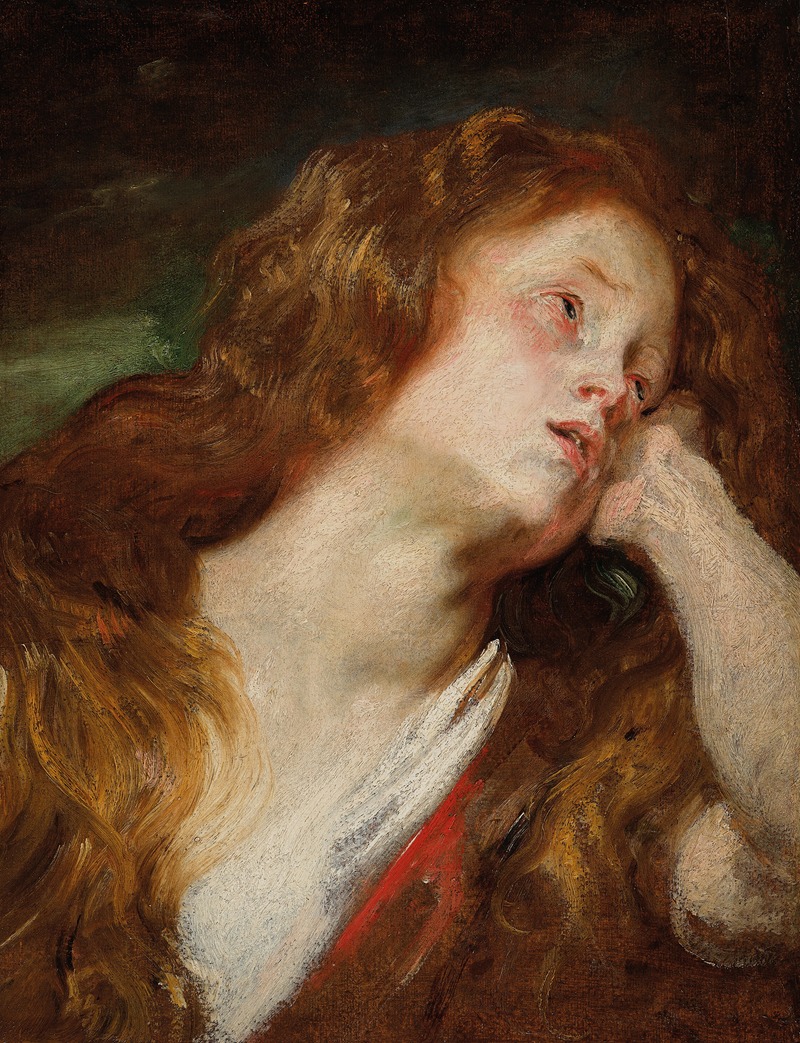
A young woman resting her head, probably the Penitent Magdalene
A hand-painted replica of Anthony van Dyck’s masterpiece A young woman resting her head, probably the Penitent Magdalene, meticulously crafted by professional artists to capture the true essence of the original. Each piece is created with museum-quality canvas and rare mineral pigments, carefully painted by experienced artists with delicate brushstrokes and rich, layered colors to perfectly recreate the texture of the original artwork. Unlike machine-printed reproductions, this hand-painted version brings the painting to life, infused with the artist’s emotions and skill in every stroke. Whether for personal collection or home decoration, it instantly elevates the artistic atmosphere of any space.
"A Young Woman Resting Her Head, Probably the Penitent Magdalene" is a painting attributed to the Flemish Baroque artist Anthony van Dyck. Van Dyck, born in 1599 in Antwerp, was a prominent painter known for his portraits and religious works. He was a leading artist of the 17th century and served as the principal court painter in England for King Charles I.
This particular painting is believed to depict Mary Magdalene, a biblical figure often portrayed in art as a symbol of repentance and devotion. The title suggests that the woman in the painting is likely Mary Magdalene, depicted in a moment of contemplation or penitence. The association with Mary Magdalene is common in Baroque art, where she is frequently shown in a reflective or sorrowful pose, often with symbols of repentance such as a skull or a book.
The painting features a young woman resting her head, which conveys a sense of introspection and tranquility. Van Dyck's use of light and shadow, a hallmark of his style, enhances the emotional depth of the scene. The soft rendering of the woman's features and the delicate handling of her expression are characteristic of Van Dyck's approach to capturing the human soul and emotion.
Van Dyck's influence from his mentor, Peter Paul Rubens, is evident in the composition and execution of the painting. However, Van Dyck developed his own distinct style, marked by a more refined and elegant approach. His ability to convey the subtleties of human emotion and his skillful use of color and texture are evident in this work.
The painting is part of a larger body of work by Van Dyck that explores religious themes, often focusing on the human aspects of biblical figures. His works are noted for their ability to humanize these figures, making them relatable to viewers of his time and beyond. This painting, like many of Van Dyck's religious works, reflects the Baroque period's emphasis on drama, emotion, and movement.
While the exact date of the painting is not specified, it likely falls within Van Dyck's mature period, when he was actively producing religious and portrait works. His time in Italy and later in England greatly influenced his style, and this painting may reflect the synthesis of these influences.
The painting is housed in a private collection, and as such, it is not as widely accessible as some of Van Dyck's other works. However, it remains an important piece for understanding the artist's exploration of religious themes and his contribution to Baroque art.
In summary, "A Young Woman Resting Her Head, Probably the Penitent Magdalene" is a testament to Anthony van Dyck's mastery of portraiture and religious themes. The painting captures the essence of Baroque art through its emotional depth and technical skill, highlighting Van Dyck's enduring legacy in the art world.





